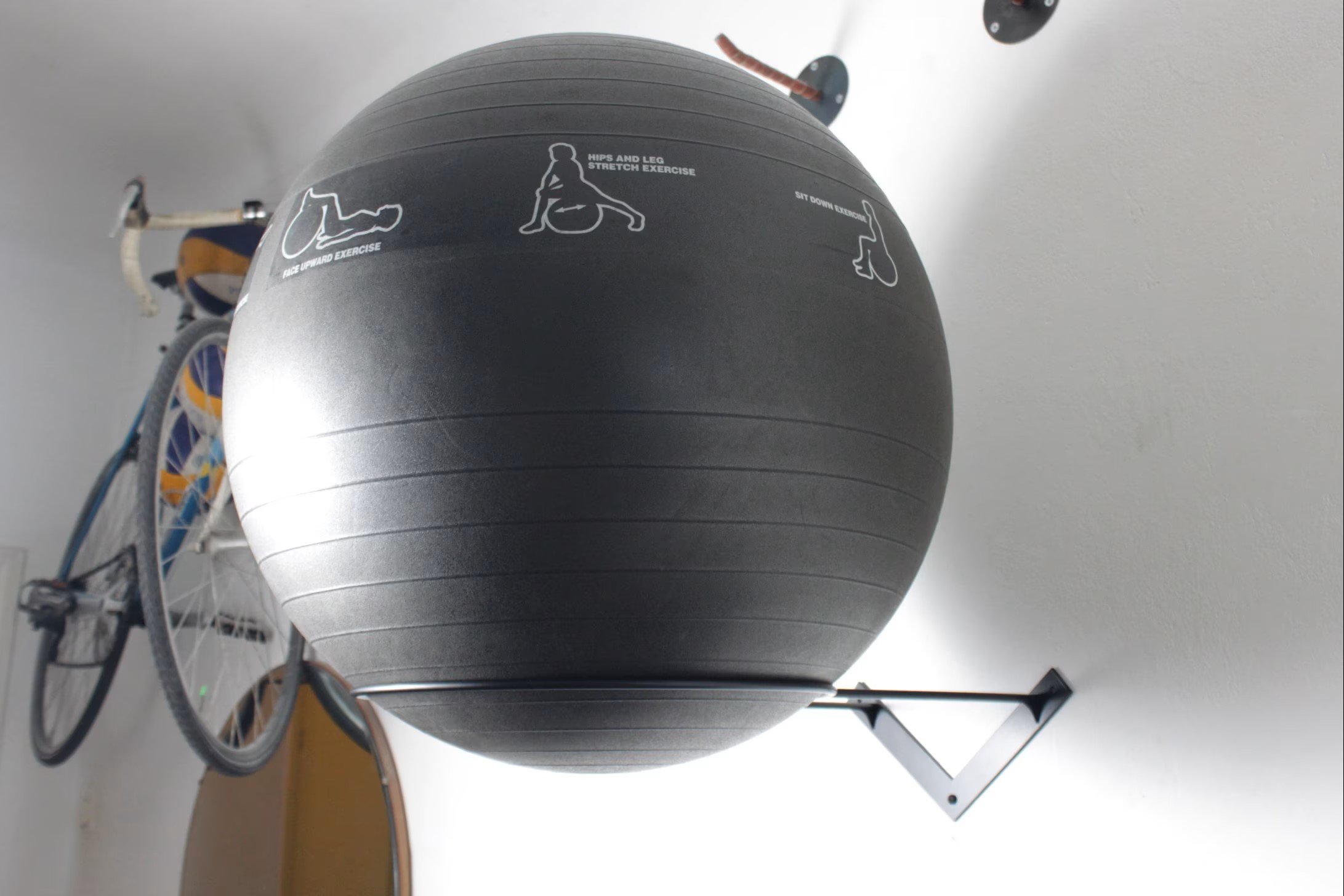

Articles
How To Store Exercise Ball
Modified: August 31, 2024
Learn the best ways to store your exercise ball with these helpful articles. From deflation tips to storage solutions, we've got you covered. Grab your exercise ball and get organized today!
(Many of the links in this article redirect to a specific reviewed product. Your purchase of these products through affiliate links helps to generate commission for Storables.com, at no extra cost. Learn more)
Introduction
Exercise balls are versatile fitness equipment commonly used for a wide range of workouts and exercises. Whether you use it for yoga, Pilates, core strengthening, or as a replacement for an office chair, taking proper care of your exercise ball is essential for ensuring its longevity and functionality. One crucial aspect of maintaining an exercise ball is proper storage.
In this article, we will guide you through the process of storing your exercise ball correctly. From choosing the right exercise ball to cleaning and deflating it, we will provide you with useful tips to keep your exercise ball in optimal condition when it’s not in use. So let’s dive in!
Key Takeaways:
- Choose the right exercise ball based on size, material, and weight capacity to ensure safety and comfort during workouts. Proper storage, cleaning, and deflating techniques are essential for maintaining its longevity and functionality.
- Prepare a clean, dry storage space, deflate the exercise ball carefully, and clean it regularly to ensure its durability. Proper folding and long-term storage practices will help preserve the quality and lifespan of the ball.
Read more: How To Store Exercise Equipment
Choosing the Right Exercise Ball
Before you can store your exercise ball, it’s essential to choose the right one for your fitness needs. Exercise balls come in various sizes, materials, and weight capacities, so selecting the proper ball is crucial for both your safety and comfort.
The first consideration when choosing an exercise ball is the size. Generally, exercise balls come in diameters ranging from 45cm to 85cm. The right size for you depends on your height and the intended use. As a general rule of thumb, when sitting on the ball, your thighs should be parallel to the ground, forming a 90-degree angle at your knees.
The next aspect to consider is the material. Exercise balls are typically made of either PVC or rubber. PVC balls are durable and affordable, while rubber balls offer better grip and anti-slip properties. Consider your preferences and the type of exercises you will be doing to determine which material suits you best.
Weight capacity is another crucial factor. Exercise balls come with weight limits, so be sure to select one that can support your body weight without risk of bursting or losing stability. Always check the manufacturer’s guidelines and choose a ball that has a weight capacity higher than your actual weight.
Finally, consider the level of firmness or inflation of the ball. Some people prefer a softer, more cushioned feel, while others prefer a firmer surface for more stability. Experiment with different levels of inflation to find the right balance for your workouts.
By selecting the right exercise ball for your needs, you can ensure an optimal workout experience and maximize the benefits of your fitness routine.
Preparing the Storage Space
Before you can store your exercise ball, it’s important to prepare a suitable storage space. The storage area should be clean, dry, and away from direct sunlight or extreme temperatures. Here are some steps to take when preparing the storage space:
- Clean the area: Start by clearing out any clutter or objects that may obstruct the storage space. Vacuum or sweep the floor to remove any dust or debris, ensuring a clean environment for your exercise ball.
- Check for sharp objects: Inspect the storage space for any sharp objects or edges that may puncture or damage your exercise ball. Remove or cover these items to prevent any accidents or potential damage.
- Consider using a storage rack: To keep your exercise ball off the ground and in a stable position, consider investing in a storage rack or stand. These racks are specifically designed to hold exercise balls securely, reducing the risk of rolling or getting damaged.
- Ensure adequate space: Make sure that the storage area has enough space to accommodate your exercise ball comfortably. The ball should not be squeezed or compressed, as this can affect its shape and inflation.
- Avoid humid areas: It’s important to store your exercise ball in a dry environment, as moisture can cause mold or mildew to develop. Avoid storing it in areas such as basements or bathrooms where humidity levels are high.
By taking these steps to prepare the storage space, you can provide a suitable environment for your exercise ball, ensuring it remains in good condition until its next use.
Deflating the Exercise Ball
Before storing your exercise ball, it’s necessary to deflate it properly. Deflating the ball not only helps save storage space but also prevents the risk of the ball losing its shape or bursting if stored in unfavorable conditions. Here’s how to deflate your exercise ball:
- Choose a suitable time: Pick a time when you can dedicate a few minutes to deflate the exercise ball without any interruptions. This will ensure that you can complete the process smoothly.
- Find the valve: Locate the air valve on your exercise ball. It is usually located near the top of the ball and has a plastic plug or cap. Remove the plug or cap to access the valve.
- Open the valve: Once the valve is exposed, gently press down on it with your fingers or a small tool. This will allow the air to escape from the ball gradually. Be careful not to apply too much pressure that might damage the valve or cause a sudden release of air.
- Squeeze out the air: As the air starts to escape, use your hands to squeeze the ball gently. This will help to expel the air more efficiently and deflate the ball completely.
- Check for any remaining air: After squeezing out the air, give the ball a final visual inspection to ensure there are no pockets of trapped air. If you notice any remaining air, continue to press down on the valve until all the air is released.
- Replace the cap or plug: Once the ball is fully deflated, place the cap or plug back onto the valve to secure it. Make sure it is tightly sealed to prevent any air leakage.
By following these steps, you can deflate your exercise ball effectively, making it ready for storage and minimizing the risk of any damage or deformation.
When storing an exercise ball, make sure to clean it with a mild soap and water, then fully deflate it. Store it in a cool, dry place away from direct sunlight and sharp objects to prevent damage.
Cleaning the Exercise Ball
Keeping your exercise ball clean is an important part of maintaining its hygiene and durability. Regular cleaning removes sweat, dirt, and bacteria that can build up on the surface over time. Here’s a step-by-step guide on how to clean your exercise ball:
- Gather the cleaning supplies: Prepare a mild cleaning solution by mixing a few drops of gentle soap or detergent with warm water in a bucket or basin.
- Dampen a clean cloth or sponge: Dip a soft, lint-free cloth or sponge into the cleaning solution. Squeeze out any excess liquid so that it is slightly damp but not soaking wet.
- Wipe down the exercise ball: Start by wiping the entire surface of the exercise ball with the damp cloth or sponge. Pay extra attention to any areas that appear dirty or stained. Apply gentle pressure to remove any grime or sweat residue.
- Rinse with clean water: After wiping down the ball, dampen another clean cloth or sponge with clean water. Use this cloth to rinse off any soap or detergent residue from the surface of the ball.
- Dry the exercise ball: Allow the exercise ball to air dry completely before moving on to the next step. Leave it in a well-ventilated area to speed up the drying process. Avoid exposing the ball to direct sunlight or using heat sources, as this can damage the material.
- Sanitize (optional): If desired, you can sanitize the exercise ball by using a disinfectant spray or wipes specifically made for gym equipment. Follow the instructions on the product and ensure the ball is completely dry before using or storing it.
It is important to note that harsh cleaning agents, bleach, or abrasive materials should never be used on an exercise ball as they can damage the material and compromise its integrity. Stick to mild cleaning solutions and gentle wiping to keep your exercise ball clean and in good condition.
Read more: How To Store Popcorn Balls
Folding and Storing the Exercise Ball
Once your exercise ball is deflated and clean, it’s time to fold and store it properly. Proper folding and storage techniques will help preserve the shape and functionality of the ball. Follow these steps to fold and store your exercise ball:
- Lay the ball flat: Start by laying the exercise ball flat on the ground or a clean surface.
- Find the folding point: Locate the folding point of your exercise ball, which is the area where the ball naturally creases when it’s deflated.
- Fold the ball: Fold the exercise ball in half along the folding point, making sure the sides align properly. Gently press down to flatten the ball further if necessary.
- Roll the ball: Starting from the opposite end of the folding point, roll the exercise ball tightly towards the folded side. Continue rolling until you reach the other end of the ball.
- Secure with a strap or band: Once the exercise ball is rolled up, use a strap or band to secure it in place. This will prevent the ball from unraveling and maintain its compact form during storage.
- Store in a dry and cool place: Find a suitable storage location that is dry, cool, and away from direct sunlight or extreme temperatures. This will help protect the ball from environmental damage.
- Avoid stacking heavy objects on top: When storing your exercise ball, avoid placing heavy objects on top of it, as this can deform or damage the ball over time. Keep the storage area free from any potential hazards that could compromise the integrity of the ball.
- Regularly check for damage: It’s important to inspect the exercise ball periodically for any signs of damage, such as punctures or leaks. If you notice any issues, repair or replace the ball accordingly.
By following these steps, you can fold and store your exercise ball properly, ensuring it remains in good condition and ready for your next workout.
Additional Tips for Long-Term Storage
Proper long-term storage is key to preserving the quality and lifespan of your exercise ball. Here are some additional tips to ensure optimal storage:
- Avoid storing in extreme temperatures: Extreme heat or cold can damage the material of the exercise ball. Avoid storing it in areas such as unheated garages or attics that can experience temperature fluctuations.
- Keep away from pets and sharp objects: Keep your exercise ball in a location away from pets, as their claws or teeth can puncture the ball. Additionally, store it away from sharp objects such as knives or tools to prevent accidental damage.
- Check the air pressure periodically: Even when deflated, the exercise ball may lose air over time. Periodically check the air pressure and reinflate it if necessary. This will help maintain the shape and stability of the ball.
- Rotate the storage position: If you store your exercise ball for an extended period, consider rotating its position every few months. This helps distribute any pressure points and prevents the ball from developing flat spots.
- Store additional accessories separately: If you have accessories such as resistance bands or weights that are used with the exercise ball, store them separately. This prevents any damage or tangling that may occur during storage.
- Label and organize: If you own multiple exercise balls, consider labeling them or storing them in separate containers to easily differentiate them and keep them organized.
- Follow manufacturer instructions: Always refer to the manufacturer’s instructions for specific storage guidelines. They may provide additional recommendations based on the materials and design of the exercise ball.
By following these additional tips, you can ensure that your exercise ball is properly stored for long-term use, maintaining its quality and functionality for years to come.
Conclusion
Properly storing your exercise ball is essential for maintaining its longevity and ensuring it remains in optimal condition for your workouts. By choosing the right exercise ball, preparing a suitable storage space, and following the correct procedures for deflating, cleaning, folding, and storing, you can ensure that your exercise ball lasts for years to come.
Remember to choose an exercise ball that suits your height, weight capacity, and preferred firmness. Prepare a clean and safe storage space, free from sharp objects and extreme temperatures. Deflate the exercise ball carefully, clean it regularly using mild solutions, and allow it to dry completely. Folding the ball and securing it with a strap will save storage space and maintain its shape. Additionally, following the tips for long-term storage, such as avoiding extreme temperatures and checking air pressure, will help prolong the lifespan of your exercise ball.
By maintaining your exercise ball properly, you can continue enjoying a wide variety of workouts, improve your fitness, and prevent any damage or deterioration of the ball. Remember to periodically inspect the ball for any signs of damage and make any necessary repairs or replacements. With proper care and storage, your exercise ball will continue to be a valuable and effective fitness tool.
So, take the time to store your exercise ball correctly, and reap the benefits of a durable and functional fitness companion for years to come.
Frequently Asked Questions about How To Store Exercise Ball
Was this page helpful?
At Storables.com, we guarantee accurate and reliable information. Our content, validated by Expert Board Contributors, is crafted following stringent Editorial Policies. We're committed to providing you with well-researched, expert-backed insights for all your informational needs.

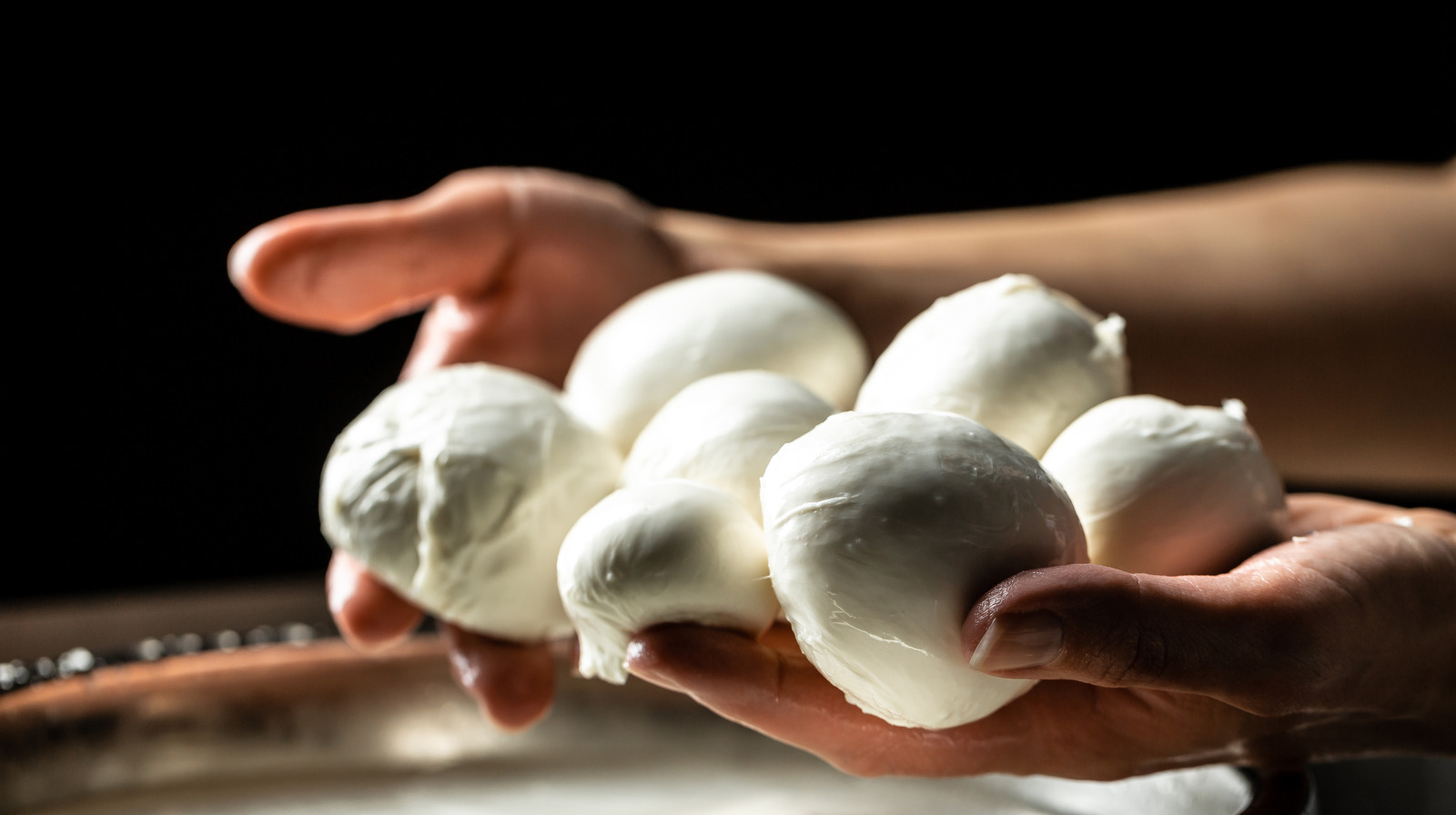


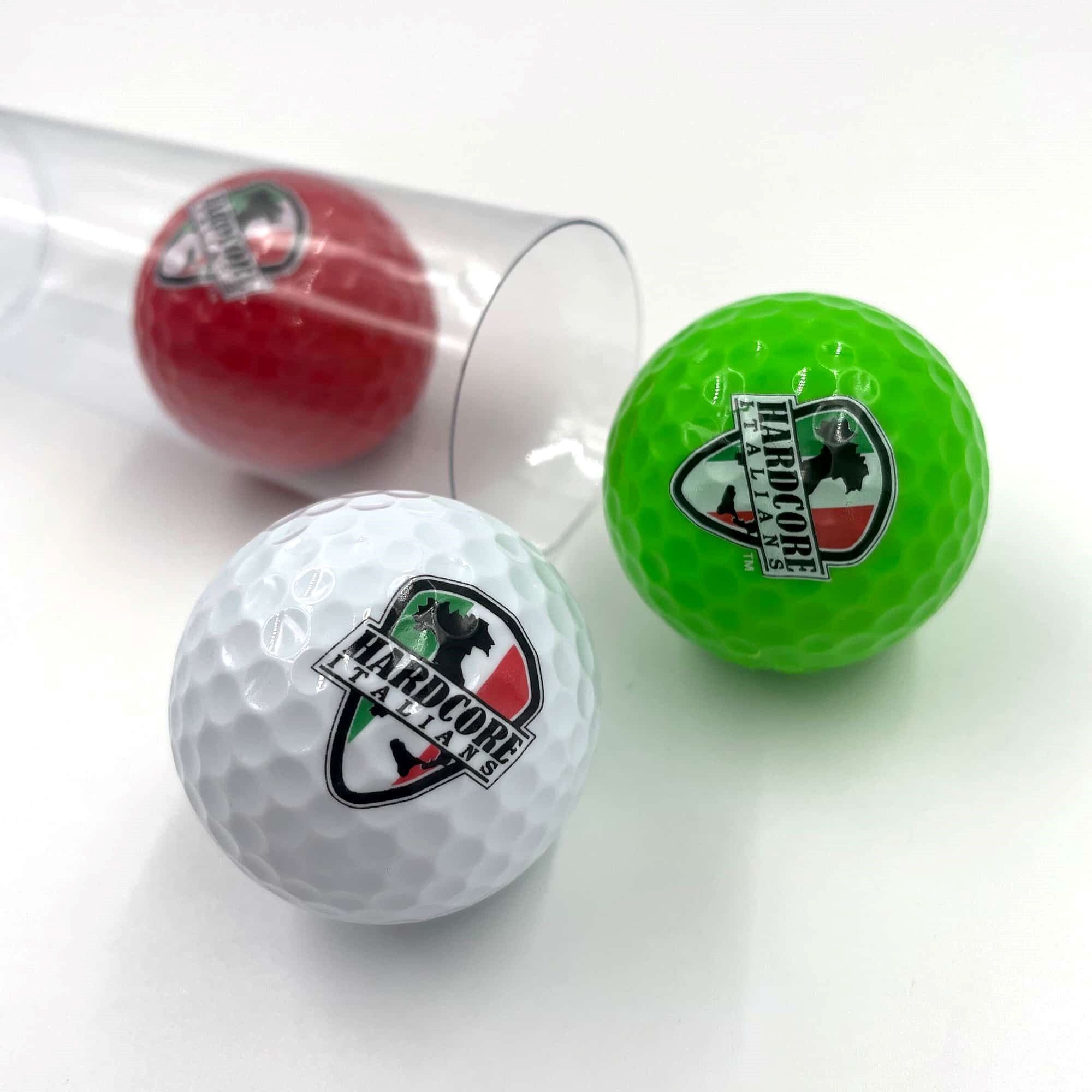


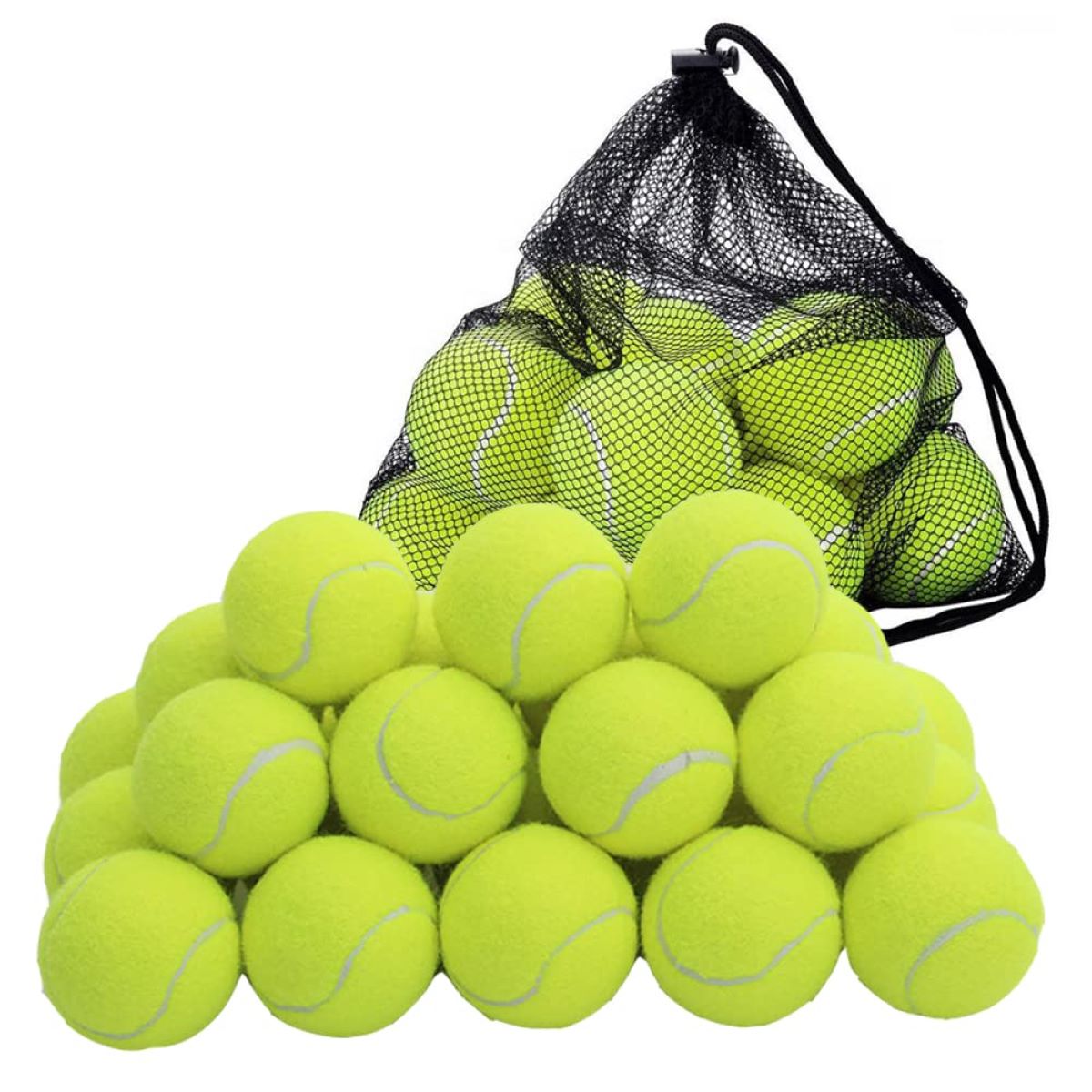

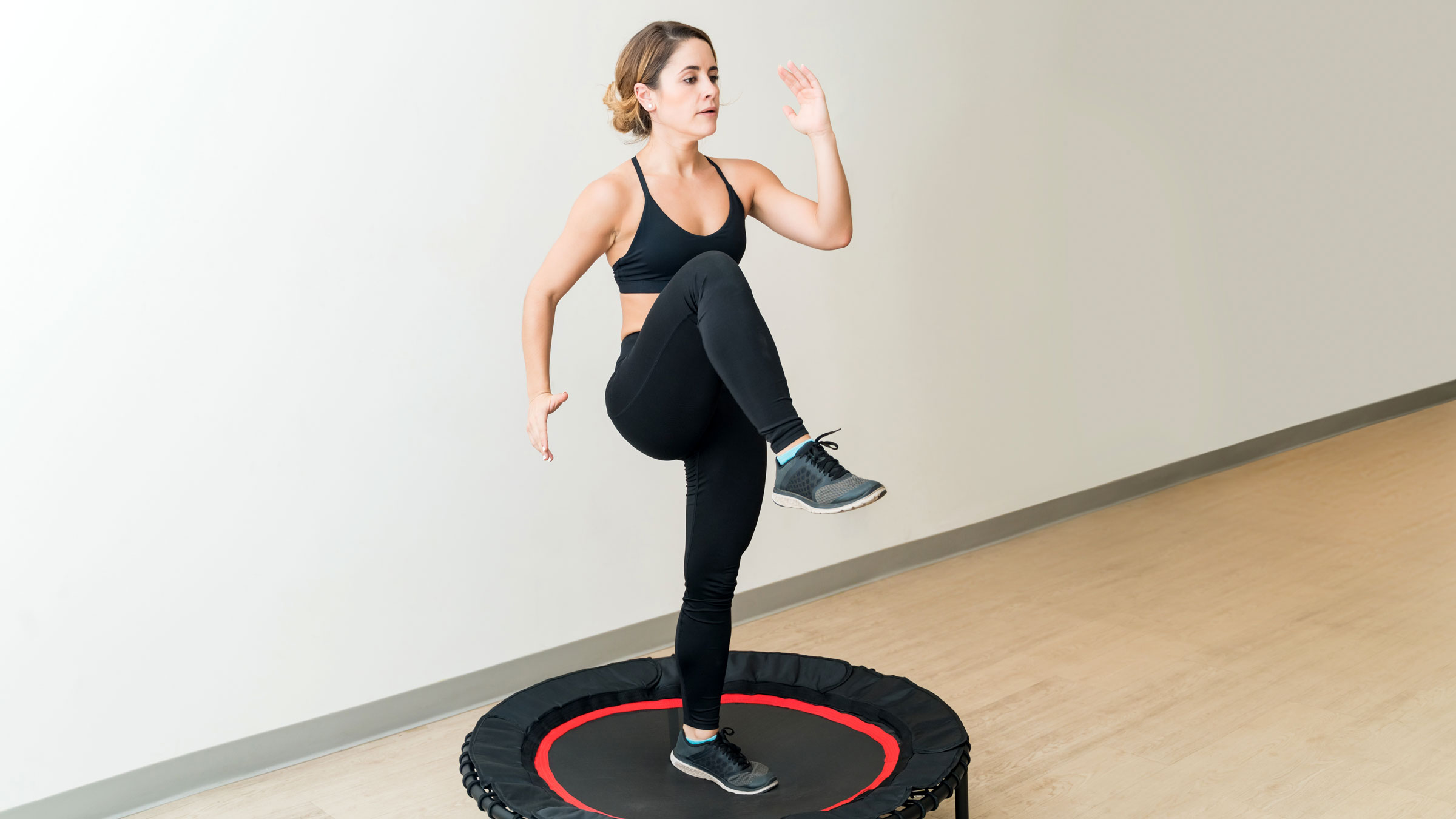



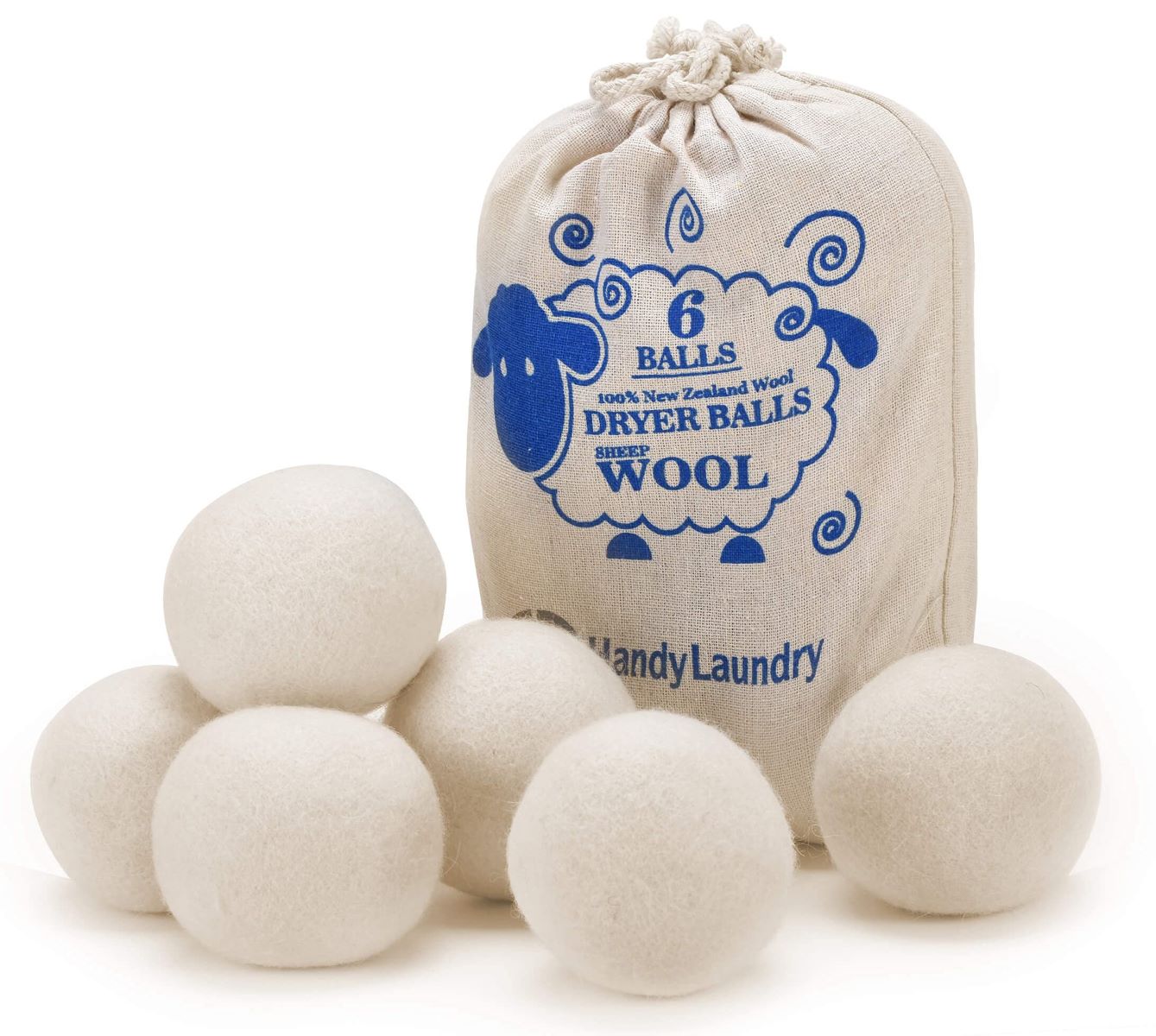

0 thoughts on “How To Store Exercise Ball”